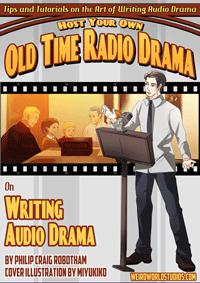How to use Anticipation to Heighten Drama
Using Anticipation to Increase Drama Remember when you were a kid and you knew you were going to visit the local fair or carnival or circus and you just couldn’t wait and you’d speculate on all the things you’d do there and what kind of day you’d have and what the weather was going to […]

